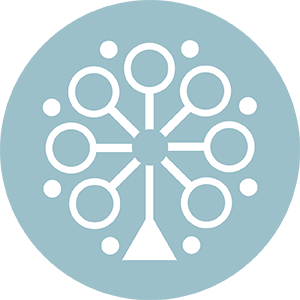What is Working Capital?
“Whether retailer or manufacturer, mastering your cash operating cycle is key to keeping your business healthy, stable, and scalable.”
Working capital is the money a business needs to run its daily operations — buying inventory, paying employees, covering bills, and keeping things moving.
The formula is: Working Capital = Current Assets – Current Liabilities
Managing working capital effectively is crucial — and one key concept within it is the Cash Operating Cycle (COC), which measures the number of days between when a company pays cash to its suppliers and when it receives cash from its customers.
Let’s dive into this through the story of two business owners.
👗 Zara the Retailer & 🧵 Max the Manufacturer
In the vibrant town of Brightford, Zara owned a stylish retail clothing store, and Max ran a clothing manufacturing business. Though both worked in fashion, their cash cycles looked very different.
🛍️ Zara the Retailer – Stylish but Strategic
Zara bought ready-made clothes from suppliers and sold them in her boutique. She had to pay suppliers within 15 days, sold the items in 20 days, and collected payments from customers within 10 days (as some paid by card or via buy-now-pay-later schemes).
📊 Zara’s Cash Operating Cycle:
Inventory Holding Period: 20 days
Receivables Collection Period: 10 days
Payables Period: 15 days
🔄 COC = 20 + 10 - 15 = 15 days
💡 Zara's cash was tied up for 15 days before it came back — manageable, but she had to be efficient to maintain liquidity.
🧵 Max the Manufacturer – Built from the Ground Up
Max made clothes from scratch. He bought raw materials, produced garments over 25 days, held finished goods for 15 days, sold them to retailers, and got paid in 30 days. His suppliers required payment in 20 days.
📊 Max’s Cash Operating Cycle:
Production + Inventory Holding: 25 + 15 = 40 days
Receivables Period: 30 days
Payables Period: 20 days
🔄 COC = 40 + 30 - 20 = 50 days
💡 Max's cycle was 50 days — meaning he had to wait almost two months to get his money back after spending on raw materials. His business required stronger working capital management and possibly a credit line to stay smooth.
🧠 The Lesson
A positive cash operating cycle means the business pays out cash before it gets it back. This is common — but must be managed carefully.
A shorter cycle means faster recovery of cash and less need for external financing.
A longer cycle requires planning to avoid cash shortages, especially in growth phases.
Whether retailer or manufacturer, mastering your cash operating cycle is key to keeping your business healthy, stable, and scalable.


